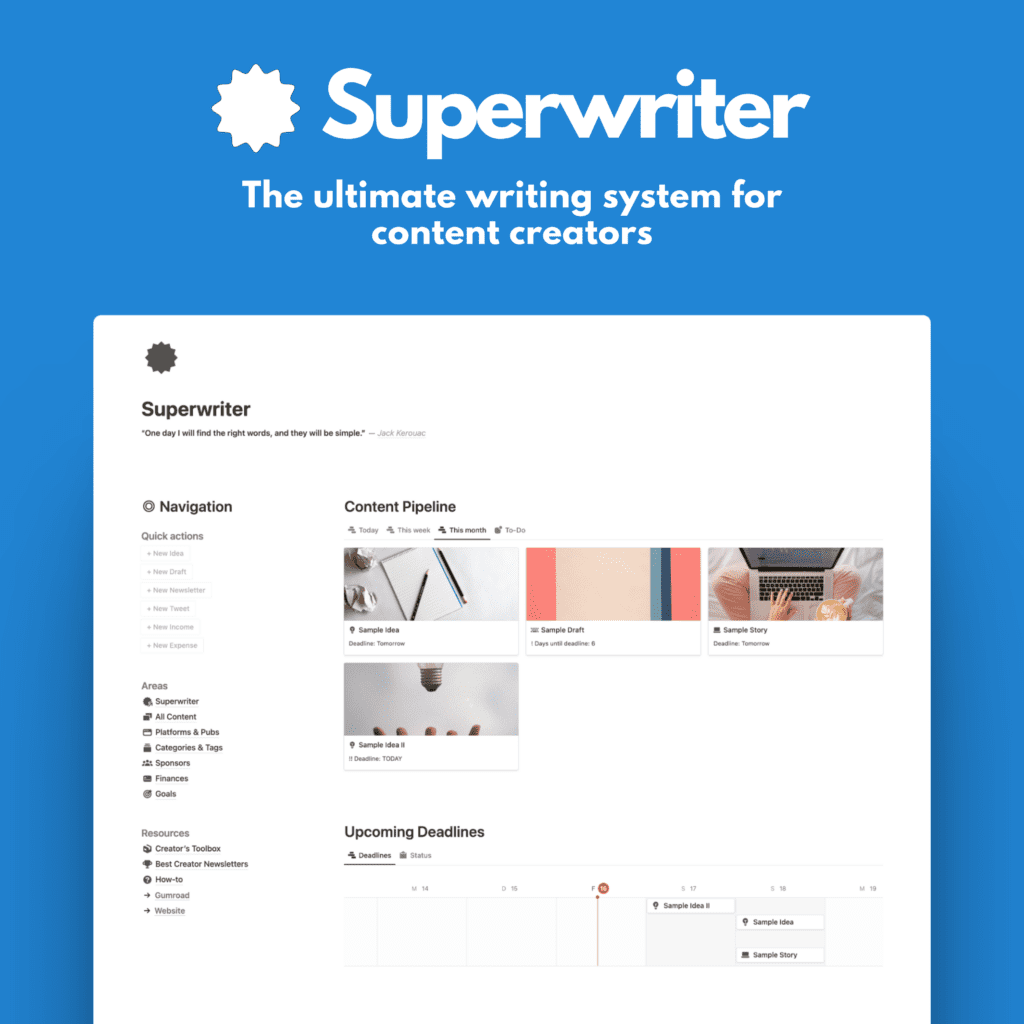The advent of ChatGPT and Bard has sparked widespread interest and ignited a storm of discussions on Twitter, centered around their impressive capabilities. As Google’s formidable competitor, Bard holds great promise in the world of AI technology. However, amidst the ongoing excitement surrounding AI, one crucial aspect is often overlooked: the detectability of AI-generated content. While AI-generated content can be easily identified, there exists a little-known secret that can transform it from being glaringly recognizable to something more closely resembling human writing. In this article, we will explore this secret and its implications for the future of AI-generated content.
The Detectability of AI-Generated Content
AI-generated content, in its current state, is typically distinguishable from human-written content. In fact, there are dedicated websites that specialize in checking for AI-written content, unveiling its origin and surprising readers with its non-human source. This easy detectability has raised concerns about the authenticity and reliability of AI-generated content.
The Power of the Perfect Prompt
One key factor that influences the quality and resemblance of AI-generated content to human writing lies in the prompt given to the AI model. While various guides claim to provide the best prompts for creating blog posts and stories using ChatGPT or Bard, the reality is that even with exceptional prompts, the resulting text often retains obvious signs of being AI-generated. This is particularly evident when using tools like gptzero.me.
Introducing the Humanizer
There is a simple method to make AI-generated content appear more human-like when using GPTzero. This method involves leveraging the power of the humanizer tool called Paraphraser.io. By utilizing AI-driven text rephrasing, a single click can transform the output generated by Paraphraser.io, making it no longer identifiable as AI content by GPTzero. This tool acts as a bridge between AI-generated and human-written content, blurring the lines of distinction.
The Astonishing Ease of Deception
The ease with which AI inspection tools like GPTzero can be deceived is both astounding and concerning. If this trend continues, detecting and potentially penalizing AI-generated content on the web may become increasingly challenging. The current methods of identifying AI-generated content, such as checking for specific patterns or linguistic nuances, may become obsolete as AI models continue to advance.
The Evolution of AI-Generated Content
Although AI-generated content can still be discerned by human readers as potentially AI-generated, AI tools are continuously evolving. Over time, they are becoming more human-like, mimicking the styles, catchphrases, humor, and typical language usage of specific writers. This raises the question of whether AI-generated content will soon become indistinguishable from content written by humans.
The Debate: Human Writing vs. AI-Generated Content
While some argue that AI lacks the inherent personality, wit, and emotions that define human writing, there is no denying the progress made in training AI models to mimic human-like writing styles. The possibility that AI will become so well-trained that distinguishing AI-generated from human-written content becomes nearly impossible is not far-fetched. If this happens, it will have significant implications for bloggers and online writers, challenging their relevance and potentially rendering them obsolete.
Implications for the Future
The increasing difficulty in differentiating AI-generated content from human-written content raises significant concerns. It highlights the need for robust mechanisms to verify the authenticity and credibility of online content. If AI-generated content becomes indistinguishable from human-written content, it may lead to a loss of trust in the information presented online. Additionally, it may require the development of new regulations and guidelines to ensure transparency and accountability in content creation.
Conclusion
The rise of ChatGPT and Bard has brought AI-generated content into the spotlight, captivating the attention of social media users and technology enthusiasts alike. While the detectability of AI-generated content remains a challenge, the humanizer tool Paraphraser.io offers a potential solution to make such content appear more human-like. However, the ease with which AI inspection tools can be deceived raises concerns about the future detection and regulation of AI-generated content. As AI models continue to evolve, the line between AI-generated and human-written content may blur, posing implications for bloggers, writers, and the overall credibility of online information. As we navigate this evolving landscape, it is crucial to strike a balance between the benefits and risks of AI-generated content and ensure its responsible and ethical use in the digital realm.








